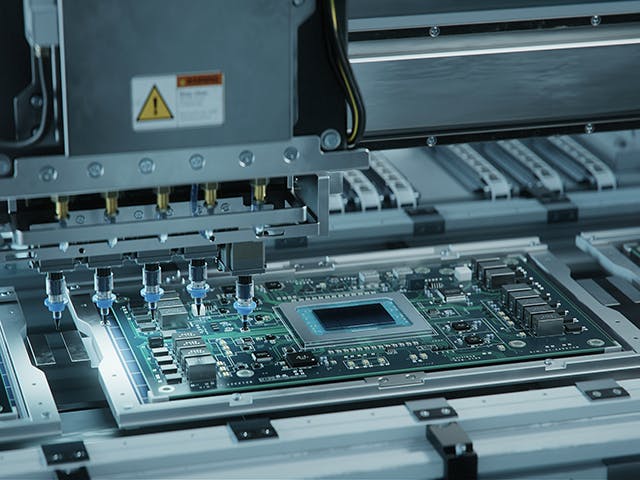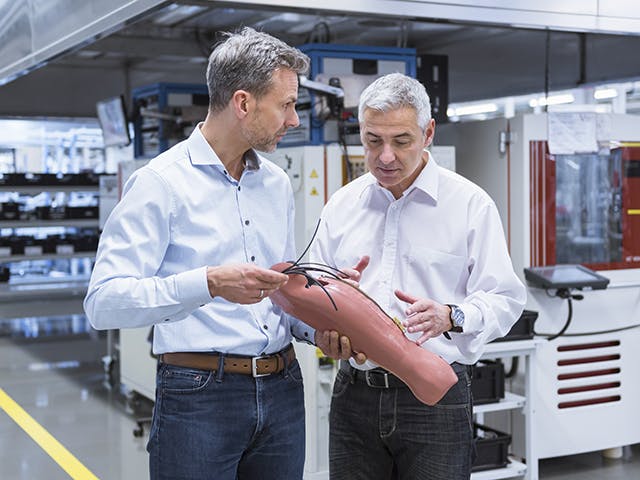La fabrication discrète est une approche de la production industrielle qui se traduit par des produits finis individuels. Pour ce faire, les matériaux, les pièces, les composants et/ou les sous-ensembles entrants passent par une série d’étapes de production qui peuvent inclure l’usinage, l’assemblage, la gravure, la fixation, le polissage, la couture, l’emballage, etc. La fabrication discrète permet d’obtenir des produits finaux distincts les uns des autres et qui peuvent être comptés. Il produit également généralement des articles qui peuvent être décomposés dans leurs composants.
Ces deux caractéristiques distinguent la fabrication discrète de la fabrication par processus, qui produit des produits généralement mesurés en masse ou en volume. Ces produits, tels que les shampooings ou les jus de fruits, ne peuvent pas être comptés individuellement, et ils subissent souvent des changements irréversibles qui rendent impossible leur décomposition en leurs constituants.
Les exemples de fabrication discrète vont des nanotechnologies aux avions de ligne. Alors que les industries de l’électronique et des semi-conducteurs, de l’automobile et des transports, de l’aérospatiale et de la défense représentent certains des exemples de fabrication discrète les plus répandus, un large éventail d’autres industries s’appuient sur des processus de fabrication discrets pour produire leurs produits. On peut notamment citer :
- Automobile
- Aérospatiale et défense
- Électronique
- Machines industrielles
- Machinerie lourde
- Construction navale
- Dispositifs médicaux
Il convient de noter que la fabrication de nombreux produits implique à la fois des opérations discrètes et des opérations de processus. Pour fabriquer des bouteilles en verre, par exemple, il faut créer le verre par fabrication par processus, puis produire les bouteilles individuelles par fabrication discrète.
Les techniques et technologies de fabrication discrètes ont progressé à travers les quatre révolutions industrielles, passant de la fabrication artisanale à l’interconnectivité de l’industrie 4.0, aux données en temps réel, aux appareils intelligents et aux systèmes autonomes, en passant par la production de masse et l’automatisation informatique. Aujourd’hui, les fabricants de produits discrets maintiennent ou développent leur avantage concurrentiel en mettant en œuvre des outils et des systèmes numériques par le biais de solutions logicielles de fabrication discrète.
Produit connexe : Opcenter Execution Discrete



